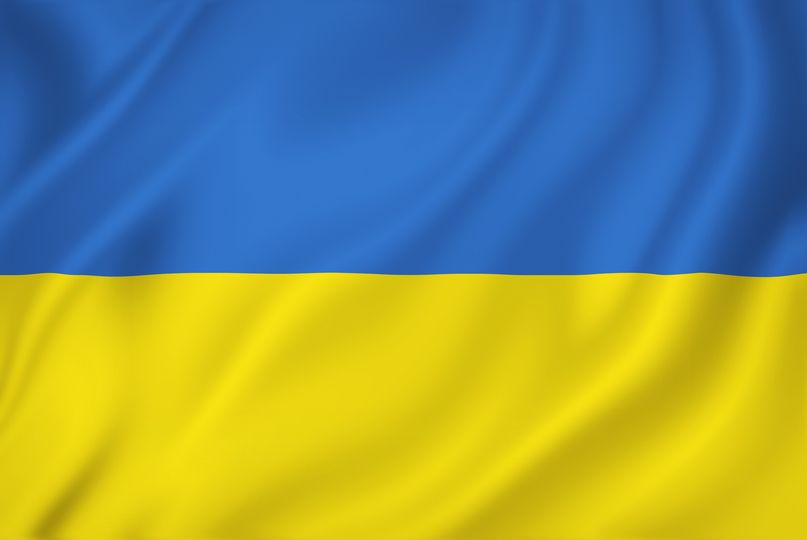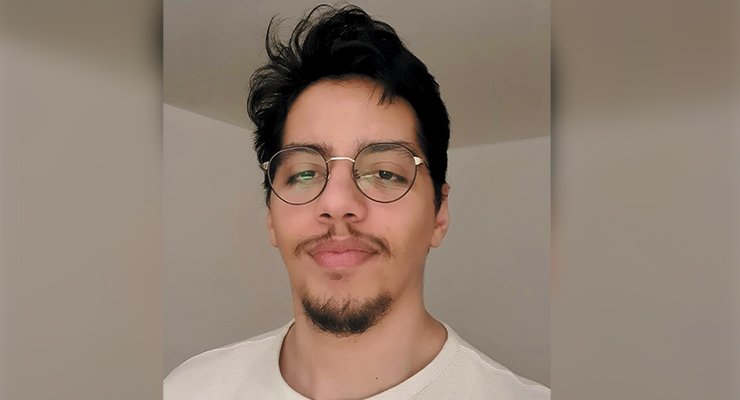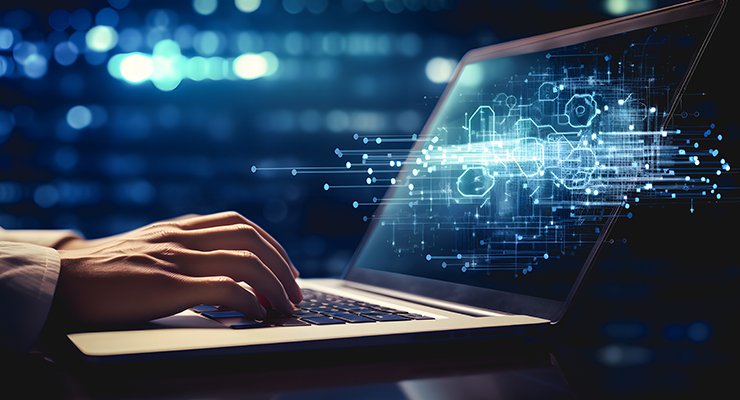Applied Mathematics (LMAC)
The UTC applied mathematics laboratory (UTC-LMAC) is at the core of engineering sciences at UTC. LMAC is a transdisciplinary research unit specialised in inverse problems, stochastic processes, digital analysis, statistics and reliability, which is a set of problems that depend on societal challenges with industrial or socio-economic partners.
Objectives
The UTC Applied Mathematics Laboratory is currently developing high level research in applied, deterministic and stochastic mathematics.
Its areas of excellence lie in applications and development of efficient tools to be used in scientific computations. These two areas are viewed by LMAC as complementary and coherent with UTC's policy to sign varied partnerships, i.e., between UTC's laboratories as well as relevant external research teams.
Research teams and thematics
LMAC's research portfolio addresses 2 main sets of problems:
- inverse problems ;
- stochastic systems.
These problems, both from a theoretical and from an applied point of view, arise in questions faced by engineers in applied sciences and engineering in general.
The thematics and applications are as follows:
- Inverse and badly formulated problems (IP): Identification of parameters, data Infilling, fluid-structure Interactions, validity testing in diffusion problems, shape and topology optimization.
- Stochastic Systems (S2): Semi-Markov processes, stability factors and stationary conditions, non parametric evaluation, non-parametric and semi-parametric test protocols.
- Recent (or ongoing) Applications: Electro-encephalograms (EEG), optical tomography (inverse NIRS), crack propagation, dislocation phenomena, saline intrusion, atmospheric pollution, identification of metabolic flow in plants, internal combustion engine modelling, reliability, performance and stability of complex systems, random networks and telecommunications, epidemiology, Bayesian Modelling of biological gene networks, seismology, DNA Modelling.
Partnerships
Partenariats à l'UTC
UTC-LMAC is developing partnerships with industrial partners (Renault, Saint-Gobain, Total, Valeo…), and pluridisciplinary collaborations (medicine, biology, mechanical engineering,…) that associates several UTC research units and teams. (Roberval, BMBI). In 2017, LMAC and the Roberval laboratory joined forces to form a common collaborative research platform.
The LMAC leads an inter-team and inter-laboratory working group on reduced-order modeling.
Partnerships in France
Université de Picardie Jules Verne (UPJV), université de Reims Champagne-Ardenne (URCA), École nationale des Ponts et Chaussées (ENPC), Institut national de recherche en informatique et en automatique (INRIA), École nationale de la statistique et de l'administration économique (ENSAE), Télécom Paris, université de Lille 1, université de Paris 13, École nationale supérieure de chimie, de biologie et de physique (ENSCBP, Bordeaux), École nationale supérieure d'arts et métiers (ENSAM, Bordeaux), université de Marne-la-Vallée, université de Rouen, université de Lille 3.
Partnerships abroad
Université La-Sapienza (Rome, Italie), Saint Petersburg State Electrotechnical University (Russie), université de McMaster (Canada), université de Calgary (Canada), université de Lisbonne (Portugal), université Aristote de Thessalonique (Grèce), université de Patras (Grèce),uUniversité de Grenade (Espagne), Institut de mathématiques de l'académie des sciences d'Ukraine, Charles University (République tchèque), École nationale des arts et métiers (Meknès, Maroc), École polytechnique (Tunis, Tunisie), Université Politehnica (Bucarest, Roumanie), université de Debrecen (Hongrie), Université Libanaise (Tripoli, Liban), New York University (États-Unis).
Projects
The LMAC research team is currently developing numerous other projects with its academic partners in France and abroad.
The PSPC project
VALODIM which covers the optimal value of digestates from methanisation process, is a programme that aims structuring a national sector to valorise digestates by creating and organizing local eco-systems for the production of organic fertilizers.
ITE PIVERT, programme Genesys
MetaLipPro-PL1 constitutes a knowledge acquirement phase that will enable the research teams to improve and complete our knowledge about lipoid metabolism for plants and for yeasts. Another aim is to establish the bases for the purpose of developing a pilot platform for lipid production and extraction.
The ANR project PHASEFIELD
One of the objective of the PHASEFIELD project is to design innovative digital phase field methods applied to the development and optimization of new materials.
Sorbonne university cluster project
The general objective of the ROBUST project is to study stability of cell cycles in the presence of a stochastic noise, using observations that relate to growth of "silk sensor whiskers" on mayfly thoraxes.
Zoom on a project
Contact and documentation
Contacts de la recherche à l'UTC



